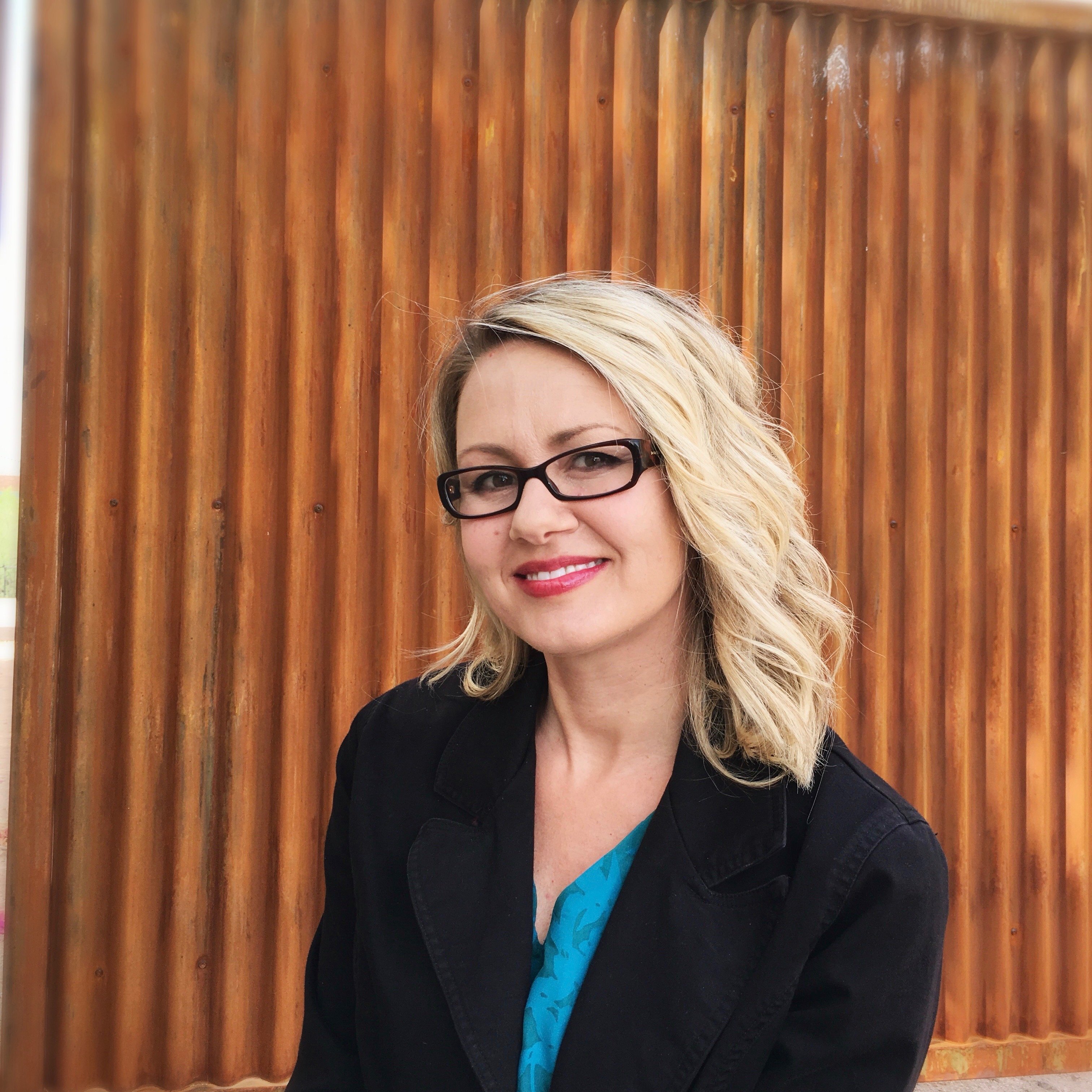Map Showcases Ships Buried Under San Francisco's Financial District
San Francisco Maritime National Historical Park has released a new map of ships that docked in the no-longer-existing Yuerba Buena Cove and never left. What that means is that they’re all now buried under the foundation of the city’s Financial District.
For the full story, you have to go back to the Gold Rush of the late 1800s. Gold fever raged in Northern California as word spread of new mines. In San Francisco, ships were known to dock in a shallow body of water at the foot of Market Street. As Richard Everett, park curator of exhibits, told National Geographic “the shoreline extended inland to where the iconic Transamerica Pyramid now rises skyward.” These ships would sail into the cove and be left abandoned by eager droves of hopefuls searching for gold.

Ironically, many of the ships were then sunk on purpose with the intent of claiming the land beneath it. Lackadaisical laws at the time left several loopholes for those intending on getting land any way they could. “You could sink a ship and claim the land under it,” Everett explained to National Geographic. “You could even pay someone to tow your ship into position and sink it for you. Then, as landfill covered the cove, you’d eventually end up with a piece of prime real estate.
The land grab continued as the cove was eventually filled in with debris and sand, expanding the coastline further out into deeper waters and becoming what we know today as the Financial District. Nowadays, there’s little indication that beneath pedestrians and businesses, there is a treasure trove of buried history. Some might find it surprising to know when riding the underground streetcar line (the N-Judah) south of Market Street, riders are actually passing through the forward hull of a sunken ship (The Rome).
Along with the park’s release of the new map, they are also releasing new discoveries made by archaeologists over the years. They include a salvage yard for ships at Rincon Point with six ships full of Galapagos Tortoise bones, which probably served as the main menu from the voyage to San Francisco from Cape Horn. Though the park is still making final touches to the map, they plan to put it on display at the visitor center next year as well as offer the map for purchase.

